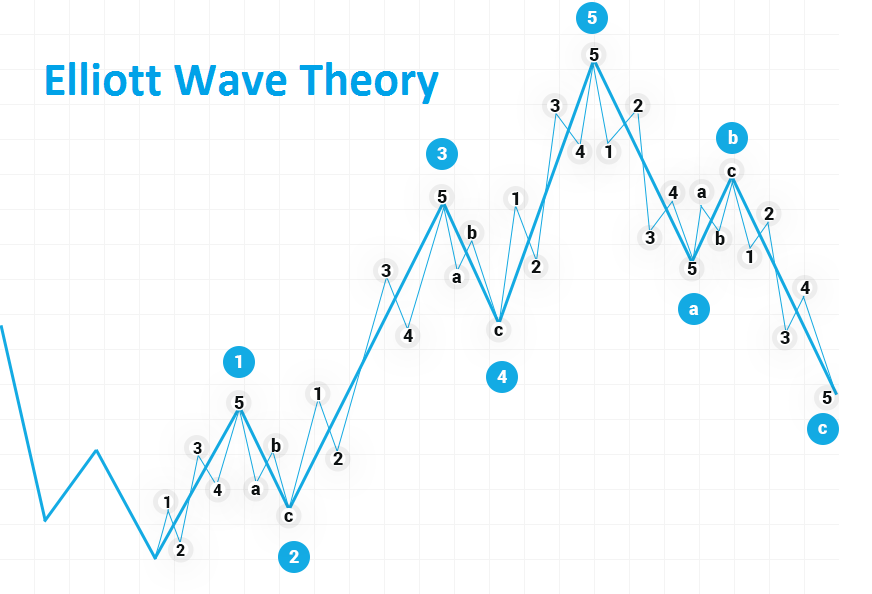Candlestick Chart
The 3 Most Powerful Candlestick Chart Patterns
Candlestick charts are a technical tool that groups data from multiple timeframes into individual price bars. This makes them more useful than traditional open-high, low-close bars or simple lines connecting closing price points. Candlesticks form patterns that predict the direction of prices when they end. Proper color coding adds depth to this colorful technical tool, which dates back to 18th-century Japanese rice traders. Steve Nison introduced Japanese candlestick patterns to the Western world in his popular 1991 book, Candlestick Charting Techniques.1 Many traders today can identify dozens of these patterns, which have colorful names like bearish cloud cover, evening star, and bearish cloud cover. three black ravens. Additionally, single bar patterns including Doji and Hammer have been incorporated into dozens of long and short trading strategies.
1. Spinning Top
When trading stock markets or other liquid and risky asset classes, profits can be maximized by spotting a change in trend and then moving it in the right direction. This is exactly what a gyro candlestick pattern does: it helps spot trend changes for the underlying asset. Highs are simple candlestick lines that have small real bodies with upper and lower bodies that are longer than the real bodies. In general, this is a small candlestick pattern (single candlesticks) where stock prices open and close together. The pattern forms at the top of an uptrend or at the end of a downtrend.
Unlike many other candles, a gyro can be a bearish or a bullish candle, which means that the color of the candle doesn't matter and therefore shouldn't be too important. It is important for the trader to wait once the gyro pattern has formed and see the next price move to bet on the direction of the market. Assuming an uptrend prevails and a trader sees a bearish candlestick shape following the gyro pattern at a resistance level, the exit point would be there. The interpretation, structure and logic of spins and doji are more or less the same. However, a gyroscope shows a larger candle body, highlighting the fact that there has been significant price movement during the candle's time frame. As shown in the photo to the side, shares of Tasty Bite Eatables Ltd. formed a gyroscope pattern and then saw a nearly 41% correction over 19 trading sessions.
2. The Piercing Pattern
A piercing pattern is a candlestick pattern that gives us potential bullish reversal signals and forms near support levels at the end of a downtrend. This pattern consists of two candlesticks, the first one is a bearish candlestick and the second one is a bullish candlestick.
The bearish candlestick should have a large real body and the second bullish candlestick should move below the low of the previous candlestick and close above the midpoint of the real body of the first candlestick. Investors should be aware of a few features when trading this bullish candlestick pattern – the ubiquitous pattern:
First of all, the trend should be down, as the penetrating pattern is a bullish reversal pattern.
Second, the length of the candlestick plays an important role in determining the strength of the reversal.
The gap between the bearish and bullish candles indicates the strength of the trend reversal.
Fourth, the bullish candlestick should close higher than the midpoint of the previous bearish candlestick.
Finally, the bearish and bullish candle should have larger bodies.
3 The Doji Candlestick Pattern
There are times when the forex candlestick is neither bullish nor bearish. Instead, it is a candlestick with short wicks and an insignificant body. It is shaped like a "plus" sign. The candlestick formed is called a Doji.
The best Japanese candlestick patterns for intraday trading
The doji appears on the charts when the market is temporarily undecided on which direction to go, up or down. In other words, it is neutral and cannot be used to trade a reversal or continuation.
So what makes this unbiased candle so powerful?
Its power lies in the positioning of the doji. You can find a doji almost anywhere on the charts, and each position says something important about the currency pair read more.





Comments
Post a Comment